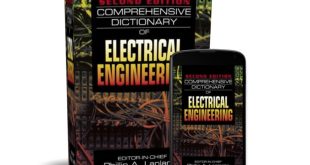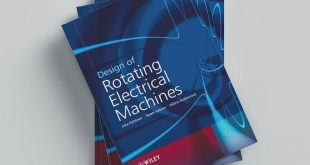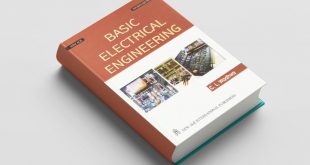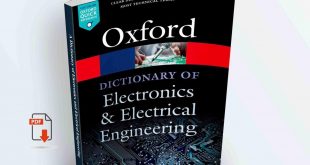⚙️ Electric Motors and Drives: Fundamentals, Types, and Applications
Electric motors and drives are at the heart of modern industry, powering everything from household appliances to massive industrial machinery. With increasing demand for automation, energy efficiency, and sustainability, understanding the fundamentals of electric motors and drives has never been more essential.
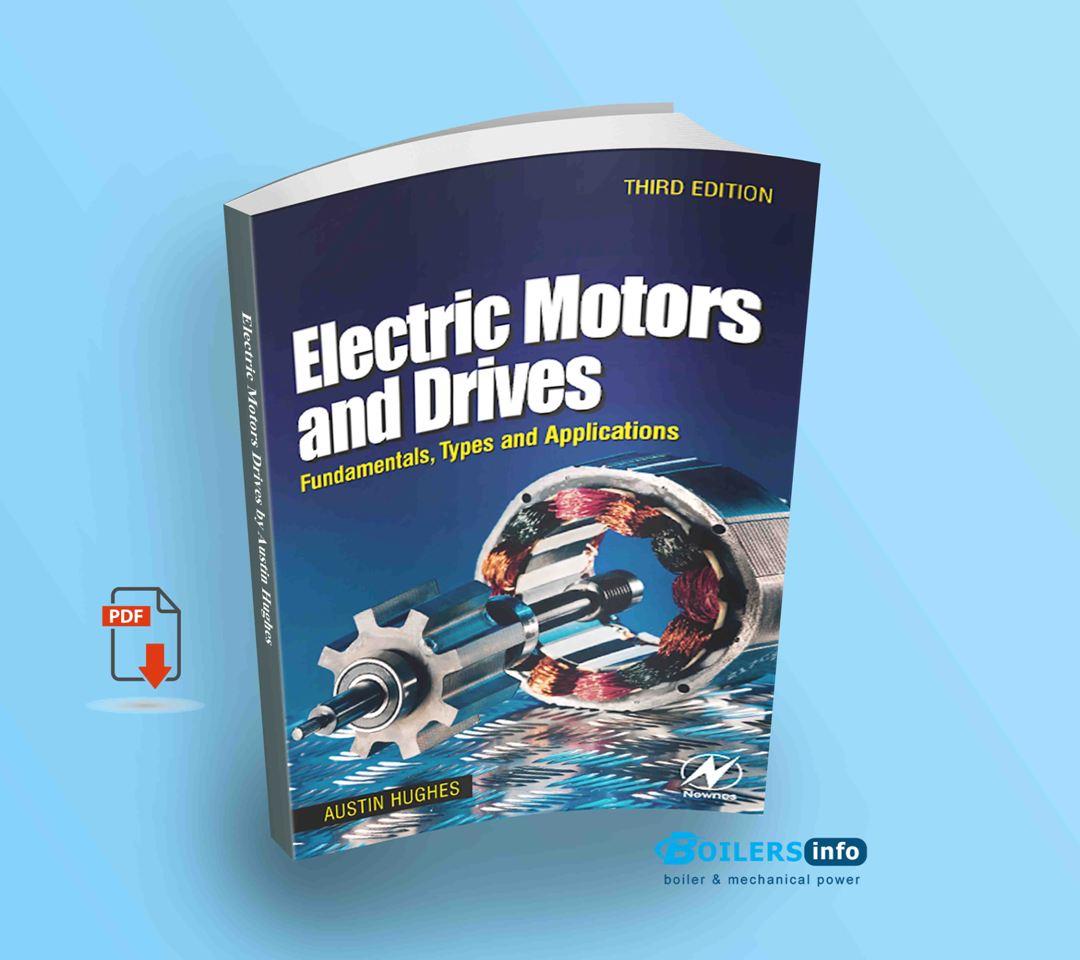
🔌 Fundamentals of Electric Motors and Drives
An electric motor is an electromechanical device that converts electrical energy into mechanical energy. This conversion is achieved through electromagnetic interactions, typically involving magnetic fields generated by current-carrying coils. The drive, on the other hand, controls the motor’s speed, torque, and direction, allowing for precise performance and energy efficiency.
The basic components of electric motors include:
- Stator: The stationary part housing the magnetic field.
- Rotor: The rotating component attached to the output shaft.
- Bearings & Housing: Support mechanical movement and protection.
- Power Supply & Drive System: Delivers and regulates electrical energy.
- Design of Rotating Electrical Machines
Drives can vary from simple manual controls to complex electronic variable frequency drives (VFDs) or servo drives that offer precise positioning and speed control.
⚡ Common Types of Electric Motors
1. AC Motors (Alternating Current)
AC motors are widely used in industrial, commercial, and residential applications. They operate on alternating current and are generally more robust and cost-effective.
- Induction Motors (Squirrel Cage & Wound Rotor)
- Most common industrial motor.
- Simple, rugged, and requires minimal maintenance.
- Used in fans, pumps, conveyors, and compressors.
- Synchronous Motors
- Run at constant speed regardless of load.
- Ideal for applications needing precise speed, such as paper mills and high-power fans.
2. DC Motors (Direct Current)
DC motors offer excellent speed control over a wide range.
- Brushed DC Motors
- Simple and inexpensive.
- Common in small appliances, toys, and automotive applications.
- Brushless DC Motors (BLDC)
- Higher efficiency, less maintenance.
- Popular in drones, electric vehicles, and computer cooling fans.
3. Stepper Motors
- Move in precise steps.
- Used in robotics, CNC machines, and 3D printers.
4. Servo Motors
- High-precision control of position, speed, and torque.
- Essential in robotics, automation, and aerospace systems.
🔄 Electric Motor Drives: Key Types
Electric drives control motor operation by adjusting voltage, current, or frequency. Major types include:
- Variable Frequency Drives (VFDs) for AC motors.
- DC Drives for controlling speed and torque in DC motors.
- Servo Drives for accurate motion control.
Modern drives offer features like regenerative braking, soft start, overload protection, and smart diagnostics, contributing to energy savings and system longevity.
🏭 Applications of Electric Motors and Drives
Electric motors and drives are foundational across multiple industries:
| Industry | Applications |
|---|---|
| Manufacturing | Conveyor belts, machine tools, robotics |
| HVAC | Fans, blowers, compressors, pumps |
| Automotive | Electric vehicles, power windows, wipers |
| Aerospace | Actuators, control systems |
| Home Appliances | Washing machines, refrigerators, fans |
| Renewable Energy | Wind turbines, solar tracking systems |
The shift toward electric mobility and green energy is accelerating innovations in motor design, such as the development of high-efficiency permanent magnet motors and smart drive systems.
🌱 The Future of Electric Motors and Drives
With the global focus on energy efficiency, automation, and sustainability, electric motor and drive technology continues to evolve. Key trends include:
- Integration of IoT and AI for predictive maintenance.
- Development of high-efficiency, low-carbon footprint motors.
- Increasing adoption of electric propulsion in transportation.
Electric motors and drives will remain central to powering the world, with advancements promising smarter, greener, and more efficient solutions.
If you’d like to explore this topic in more depth, you can download the complete PDF guide 📘 here for easy reading and future reference.
 Boilersinfo Boiler and Mechanical Power Digital Library
Boilersinfo Boiler and Mechanical Power Digital Library

